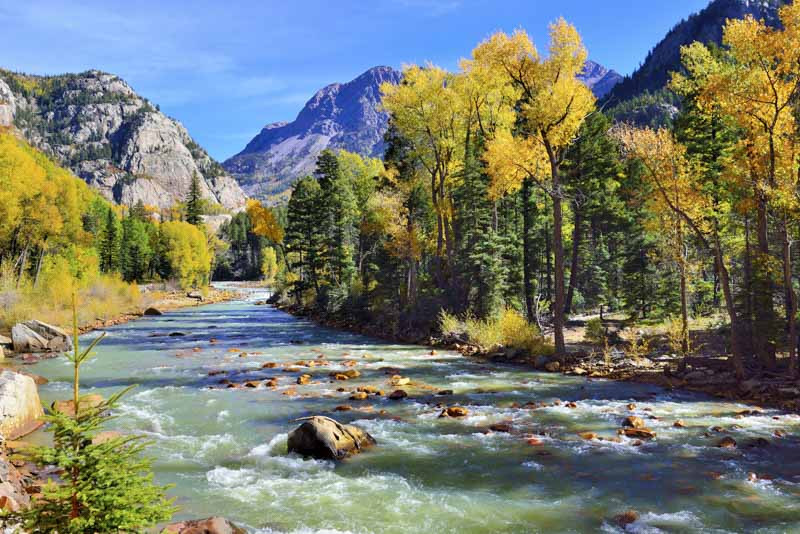United States - The Best Plants to Grow in Your Garden
Choosing the right plants for your garden in the United States involves understanding various zones – the USDA Hardiness Zones, AHS Heat Zones, and Sunset Climate Zones. Here’s how these come into play:
- USDA Hardiness Zones: This is the most commonly used system in the U.S. for determining plant hardiness. It divides the country into 13 zones based on average annual minimum winter temperature, with Zone 1 being the coldest and Zone 13 the warmest. Each plant has a hardiness zone range that it can survive in. Always check a plant’s hardiness zone before purchasing.
- AHS Heat Zones: The American Horticultural Society’s Heat Zone map can be used in conjunction with the USDA Hardiness Zones. It focuses on the average number of days each year that a region experiences temperatures over 86°F. The map divides the U.S. into 12 zones. Some plants may be hardy for your winter temperatures but not for your summer heat.
- Sunset Climate Zones: Unlike the USDA’s single-factor system, Sunset Climate Zones consider multiple factors like winter lows, summer highs, length of growing season, humidity, and rainfall patterns to provide a more nuanced guide for plant selection. This system is especially popular in the Western U.S., where climate conditions can change over short distances.
These three systems provide complementary information. For instance, two areas in different parts of the country may be in the same USDA zone, but their climates (rainfall, humidity, heat, and other factors) can be vastly different, leading to different growing conditions. Using all three systems can give a more complete picture and guide you to make the best plant choices for your specific location.





